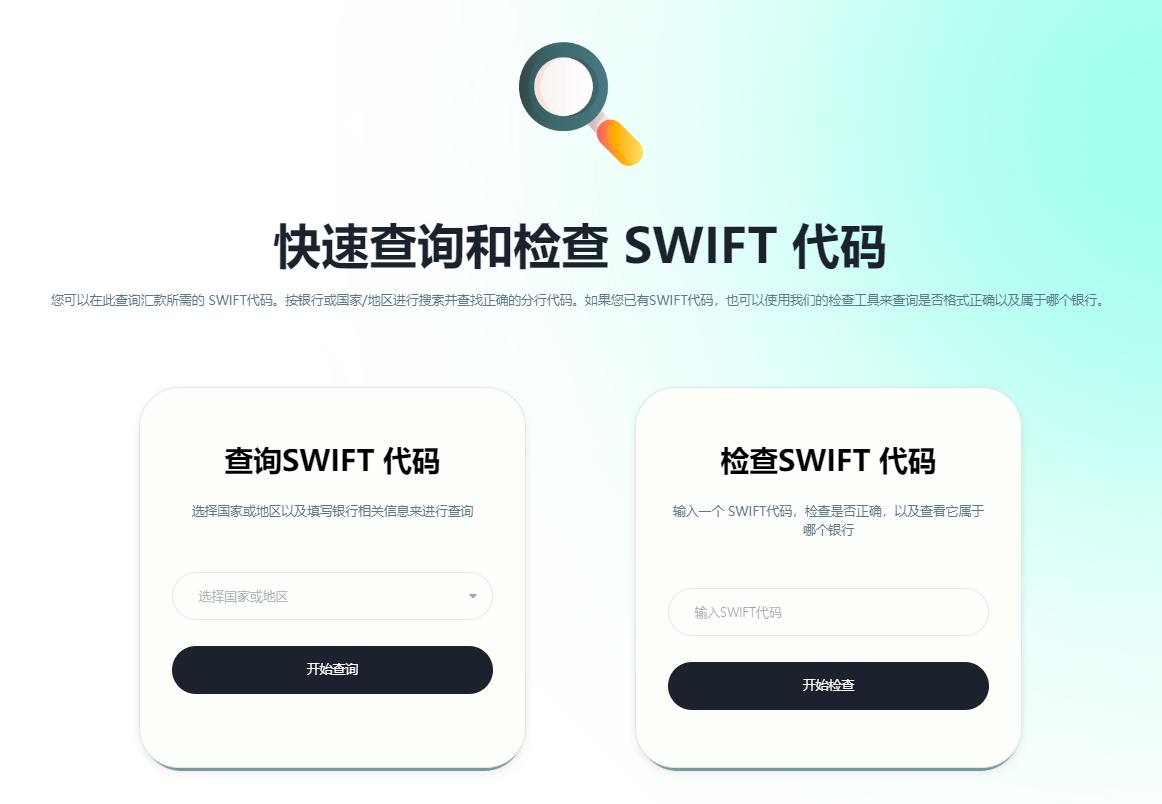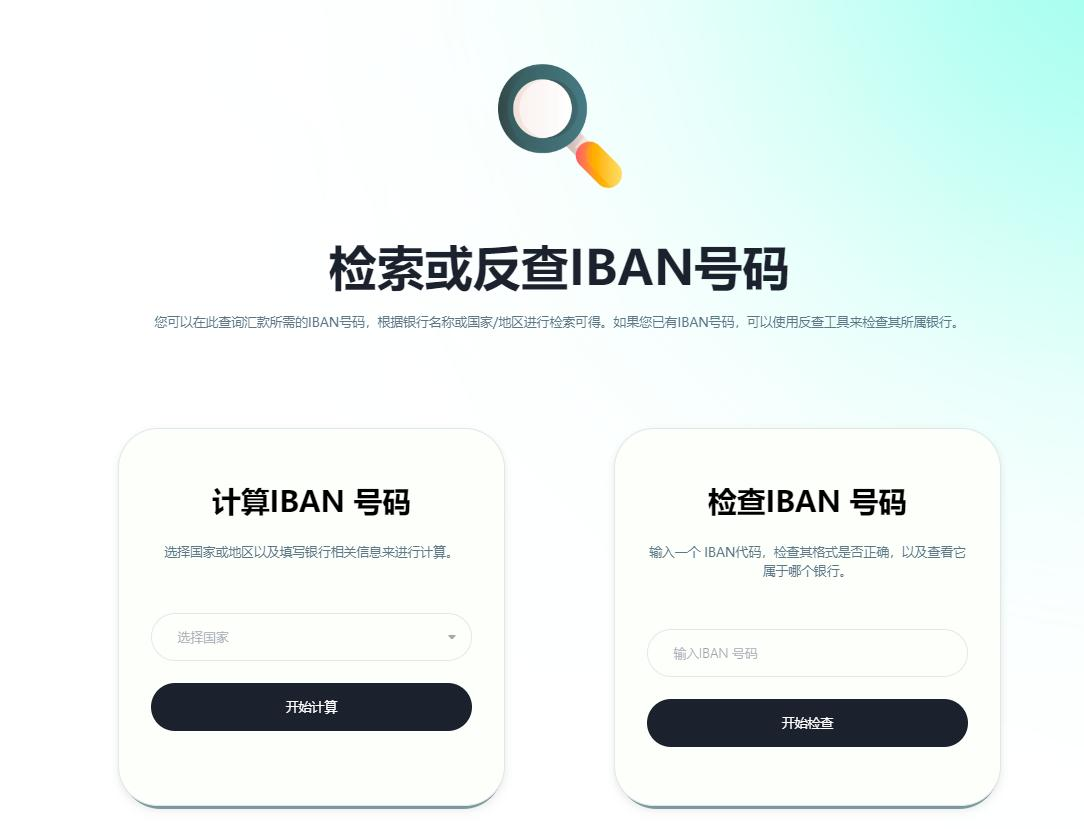- Remittance
- Exchange Rate
- Stock
- Events
- EasyCard
- More
- Download
- 6th Ann

Demystifying International Remittances: SWIFT/BIC and IBAN Explained
In today’s globalized economy, international remittances have become a common financial activity for both individuals and businesses. However, many people find themselves overwhelmed by a series of seemingly complex abbreviations and codes when making international transfers. Today, we will uncover the mysteries behind these terms to make our international remittance journey smooth and hassle-free.
Imagine you’ve just received a large overseas order, and the customer is eagerly waiting for your goods. You need to quickly transfer funds to your supplier, but time is tight, and you’re perplexed by a series of banking “codes.” SWIFT, BIC, IBAN, ABA, BS, BSB—these might sound like ciphers from a spy movie, but don’t worry. Once you grasp these key pieces of information, you’ll be a financial world 007. These codes are not intentionally designed to be obscure; rather, they ensure that our funds can safely and efficiently reach the other side of the world. They are crafted to accurately depict information about countries, regions, and bank branches, minimizing ambiguity during the transmission process.
SWIFT
In international remittances, the most frequently mentioned system is the SWIFT network. SWIFT, the Society for Worldwide Interbank Financial Telecommunication, is an international interbank communication network that provides a standardized system enabling financial institutions worldwide to securely send and receive financial information, such as transfer instructions and other transaction details. SWIFT itself is not a bank but a service provider connecting thousands of financial institutions in over 200 countries and regions.
The Bank Identifier Code (BIC) is used within the SWIFT network to uniquely identify a bank branch. A BIC code is composed of letters and numbers, typically 8 or 11 characters long. This code includes the bank’s name, country code, location code, and possibly a branch code. The BIC ensures that financial information is accurately sent to the correct bank and branch.
In simple terms, SWIFT is a global communication network, while the BIC is the code used within this network to identify specific bank branches. In practical usage, when people refer to a “SWIFT code,” they are usually talking about the SWIFT BIC code, which is the specific code used within the SWIFT network to identify banks.

The SWIFT BIC code consists of 8 or 11 characters and can be broken down into four parts to identify the bank, country, location, and branch. The first four characters represent the bank’s abbreviation, the fifth and sixth characters represent the country, the seventh and eighth characters represent the location, and the remaining characters identify the branch.

For example, BKCHFRPP013: the first four characters BKCH represent the Bank of China, FR stands for France, PP denotes Paris, and 013 indicates the 13th arrondissement. Thus, BKCHFRPP013 is the SWIFT BIC code for the Bank of China, Paris 13th arrondissement branch.
It’s important to note that the SWIFT/BIC code does not provide account number information, so additional account number details are required for actual transactions.
According to Google data, here are the ten most searched SWIFT codes on WISE.com and their corresponding bank names:
- BARCGB22XXX - Barclays Bank PLC, United Kingdom
- MRMDUS33XXX - HSBC Bank USA, N.A., United States
- LOYDGB2LXXX - Lloyds Bank PLC, United Kingdom
- UNCFUS33XXX - UNICEF, United States
- GOOGUS66SWL - Google LLC, United States
- SCBLGB2LXXX - Standard Chartered Bank, United Kingdom
- WFBIUS6SXXX - Wells Fargo Bank, United States
- EWBKCNSHXXX - East West Bank (China) Ltd, China
- CITIKRSXXXX - Citibank Korea Inc., South Korea
- HFCAGHACXXX - Republic Bank (Ghana) PLC, Ghana
IBAN
When making remittances between banks in Eurozone countries, another well-established coding system is the IBAN, which stands for International Bank Account Number. The IBAN is a bank account number developed by the European Committee for Banking Standards according to its standards. Every bank account in countries participating in the European Committee for Banking Standards has a corresponding IBAN. An IBAN can be up to 34 characters long. The format includes a country code, bank code, branch code, account number, and check digits.
The country code usually consists of two letters, following the ISO country code standard, such as DE for Germany and GB for the United Kingdom. The check digits are two numbers used to validate the IBAN. The account holder information, which may include the account number and bank code, varies by country.

Here, I have listed the ten most searched IBAN codes on WISE.com for reference:
- Sweden: SE4550000000058398257466
- Belgium: BE68539007547034
- Switzerland: CH9300762011623852957
- Netherlands: NL91ABNA0417164300
- Greece: GR1601101250000000012300695
- Hungary: HU42117730161111101800000000
- Estonia: EE382200221020145685
- Finland: FI2112345600000785
- Portugal: PT50000201231234567890154
- Italy: IT60X0542811101000000123456
The major difference between IBAN and SWIFT/BIC codes is that IBAN includes complete account information, allowing automatic validation of account accuracy, thus reducing transaction failures due to incorrect information. Consequently, IBAN helps banks and customers lower the costs associated with international remittances. In Eurozone countries, using an IBAN for transfers typically incurs no remittance fees. However, using SWIFT/BIC codes instead of IBAN often results in manual intervention fees.
By understanding SWIFT and IBAN, we can confidently say that we have acquired the basic knowledge needed to complete international remittances. While IBAN is used for transfers within Eurozone countries, international remittances between other countries and regions require the use of SWIFT/BIC codes along with account holder information. Additionally, when remitting funds to major developed economies, a clearing code provided by the institution is usually required. This clearing code can be used for both international and domestic remittances.
ABA
The ABA, or American Bankers Association number, also known as the Routing Number, is a 9-digit code used to identify financial institutions in the United States. This number is crucial in the U.S. banking system because it supports automated payment processing, including direct deposits, automatic bill payments, and electronic transfers.
BSB
The BSB, or Bank State Branch number, is a code used in Australia and New Zealand for electronic clearing systems, primarily for transactions involving the Australian and New Zealand dollars. It consists of 6 digits, where the first two digits represent the bank code, the third digit represents the state code, and the last three digits denote the branch code. In Australia, every bank account has an associated BSB number, which is essential for both domestic and international transfers.
SG
The SG, or Sort Code, is a 6-digit code used in the United Kingdom banking system to identify bank branches. This code is primarily used for transactions within the UK and Ireland.
Remittance Tools
WISE
WISE, formerly known as TransferWise, is widely popular for its transparent fee structure and the use of mid-market exchange rates without hidden fees, allowing users to make international remittances at low costs. Its multi-currency account feature enables users to hold and manage multiple currencies in one account, making it ideal for those who frequently engage in international transactions. The user-friendly interface and mobile app simplify the remittance process, supporting transfers to over 80 countries and various currencies.
BiyaPay
BiyaPay is known for its fast remittance speed, usually completing transfers within a few hours, making it suitable for users who need quick transfers. It supports currency conversion and remittances between multiple currencies, facilitating cross-border financial operations. BiyaPay employs strict security measures to protect users’ funds and personal information. Its straightforward interface and simple operation process enable users to easily complete various financial transactions. Additionally, BiyaPay offers more than just international remittance services, including trading of U.S. and Hong Kong stocks, cryptocurrency transactions, and investment services.
PandaRemit
PandaRemit provides competitive exchange rates and lower transfer fees. It supports various payment methods, including bank cards and mobile payments, offering users more options.
With the continuous deepening of economic globalization, more people are engaging in international trade, overseas investment, and studying abroad. In this context, understanding and mastering international remittance knowledge becomes particularly important, as it concerns not only the safety of funds but also the reputation and efficiency of individuals and businesses. Through the above analysis, we can see that terms like SWIFT, BIC, and IBAN are not insurmountable obstacles but essential tools to ensure smooth and secure international financial transactions. Mastering them is akin to holding an advantage in unlocking the doors to the global financial market.

























